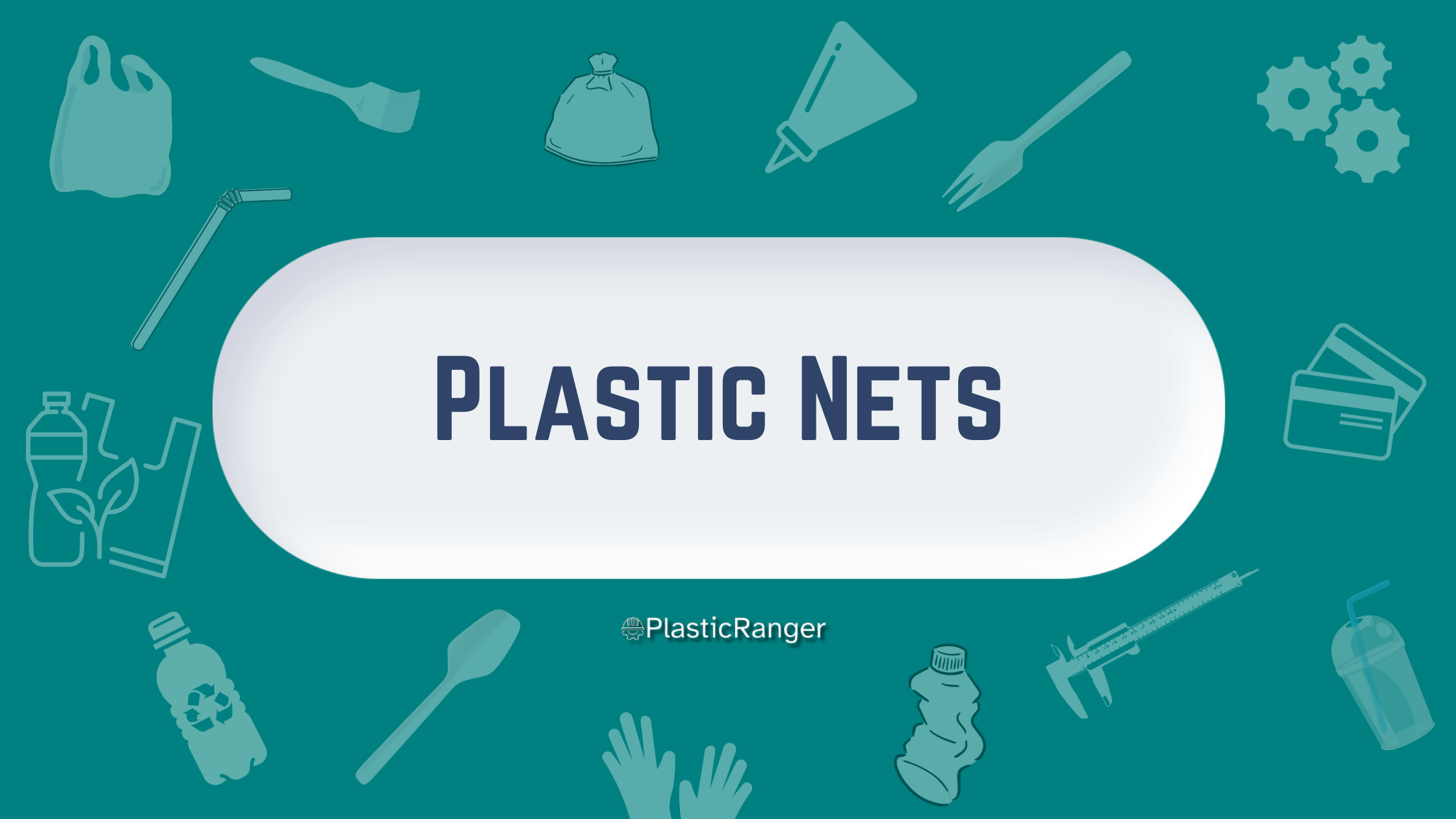The Plight and Potential of Plastic Nets
A Comprehensive Overview Plastic, owing to its versatile nature, has permeated nearly every facet of modern life. Plastic seems omnipresent, from the toys our children play with to the cars we drive and the computers we operate. But its environmental consequences, mainly when discarded irresponsibly, have garnered significant attention. One such pressing issue is the use and disposal of plastic nets.
Types of Plastic Nets and Their Uses
Nets made from plastics, in their various forms, serve many purposes. In agriculture, they are used as fencing to keep pests out and provide support to growing plants. The fishing industry uses them as nets for trawling and trapping aquatic life. Construction sites employ plastic netting as protective barriers or as scaffolding safety nets.
Even our everyday fruit and vegetable purchases might come packaged in plastic net bags. These nets are designed for strength, flexibility, and longevity. But herein lies the paradox: the qualities that make them useful in these industries also make them a formidable environmental adversary.
Plastics Used to Make Plastic Nets
Polyethylene (PE): This is one of the most common plastics used for netting, especially in agriculture and aquaculture. Polyethylene is lightweight, resistant to moisture, and can be made into rigid and flexible nets. Examples include bird netting, pond protection nets, and certain fishing nets.
Polypropylene (PP): PP is another commonly used material for netting. It’s known for its properties of resistance to chemicals, elasticity, and toughness. It’s often used when durability is crucial, such as in constructing safety or barrier nets.
Nylon (Polyamide): Nylon nets are robust, elastic, and abrasion-resistant. They are often used in fishing due to their strength and resilience. For example, trawl nets and gill nets are frequently made from nylon.
Polyester: It is one the most UV resistant plastics with excellent resistance to chemicals as well. It’s employed in various applications, from industrial netting to sports nets for goals and cages.
Polyvinyl chloride (PVC): While PVC is not as commonly used for netting as the above materials, it can still be found in some specialized applications due to its flexibility and resistance to environmental factors.
EVA (Ethylene-Vinyl Acetate): This copolymer can be used in netting applications where softness and flexibility are essential, especially when combined with other materials.
Environmental Impacts
The durability of plastic nets poses a significant concern when they reach the end of their usable life or are irresponsibly discarded. A large portion finds its way into the oceans, contributing to the more significant problem of marine plastic pollution. In the marine ecosystem, these nets can continue to ‘ghost fish,’ unintentionally and often fatally entangling marine life.
Creatures, from tiny fishes to large marine mammals, like seals or whales, can get entangled, leading to injury or death.
Beyond marine life, terrestrial and avian creatures can also face threats from discarded nets.
Birds, for instance, can become trapped or ingest plastic particles that lead to internal complications.
Moreover, the degradation process for these nets can take centuries. As they slowly break down, they fragment into smaller microplastics, which infiltrate more profoundly into the environmental chain, contaminating water sources and entering our food chain.
Circular Economy and Net Recycling
Fortunately, there’s a growing acknowledgment of the problems posed by plastic nets, and efforts are underway to address them. One such initiative is the shift towards a circular economy. Instead of the traditional linear “produce-use-discard” model, a circular approach emphasizes recycling, repurposing, and reusing.
Companies and organizations worldwide are beginning to recognize the value trapped in discarded nets. For example, initiatives like the “Net-Works” project empower fishing communities to sell old nets.
These are then recycled to produce nylon yarn, which finds its way into products like carpet tiles. Such efforts mitigate environmental damage and create economic opportunities for marginalized communities.
Alternatives
to Plastic Nets While recycling is crucial, it’s also vital to reduce dependency on plastics where possible. Biodegradable nets, made from materials like hemp or sisal, offer an eco-friendlier alternative, especially in applications like agriculture. Similarly, there’s a push in the fishing industry to revert to traditional materials or explore innovative options. These reduce plastic input and, in some cases, can be more efficient and less damaging to marine ecosystems.
The Road Ahead
As we confront the challenges of plastic nets, it becomes clear that a multifaceted approach is necessary. Regulation, industry standards, community engagement, and consumer awareness are critical. Consumers can drive change by supporting sustainable practices, choosing products packaged in eco-friendly materials, or backing industries that adhere to environmentally-conscious standards.
In conclusion, while handy plastic nets pose significant environmental challenges, addressing these challenges requires a shift in industry practices and a transformation in consumer habits. A balanced coexistence of utility and environmental consciousness can be achieved through concerted efforts.
Quick Navigation

